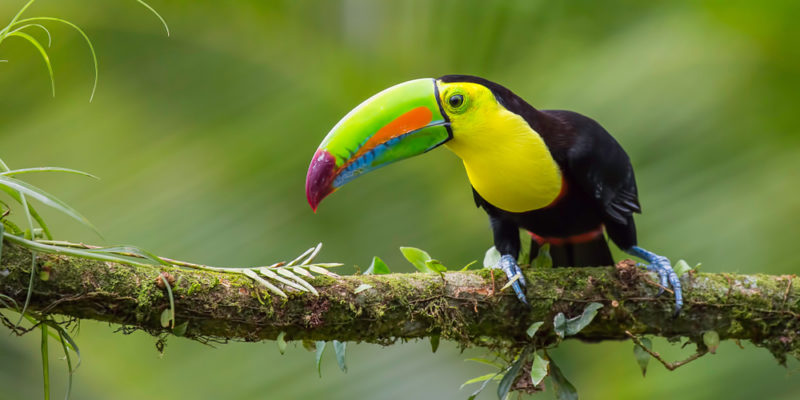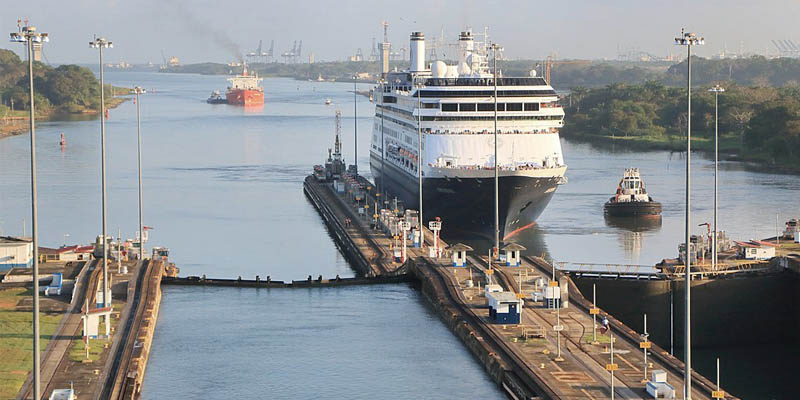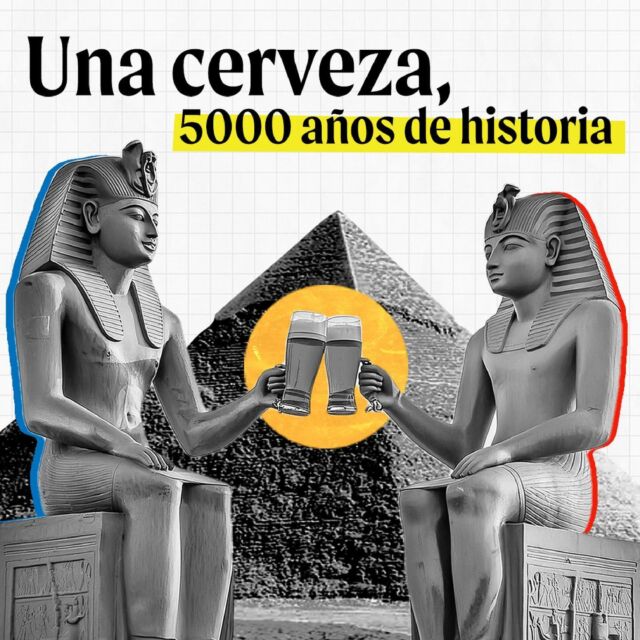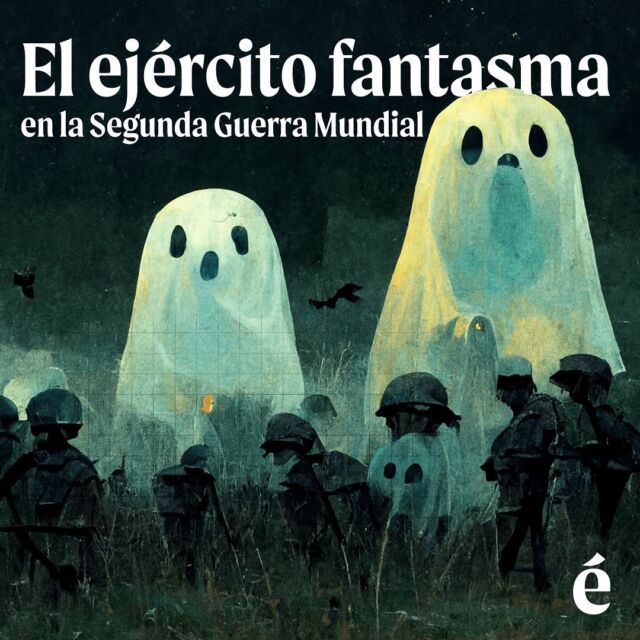We explore Central America, and describe its physical and cultural characteristics. In addition, we discuss the economy, religion and history of this region.

What is Central America?
Central America is the region of the Americas that lies between North America and South America. It is surrounded by the Pacific Ocean to the west, and the Atlantic Ocean and the Caribbean Sea to the east.
The Central American territory comprises two geographic areas:
- Isthmian Central America. It is the narrow continental strip of land that connects North America and South America.
- Insular Central America. It is the group of islands that stretch across the Caribbean Sea in the Atlantic Ocean. Based on the size of the islands, it is further divided into the Greater Antilles and the Lesser Antilles.
Central America has an area of about 309,000 square miles (800,000 km2) with a population estimated at about 105 million.
How did it get its name? The name "America" comes from Amerigo Vespucci, who would have been the first to propose that the land where the Europeans had arrived was a new continent (and not part of Asia, as was previously believed).
CHARACTERISTICS OF CENTRAL AMERICA
- It is the central portion of the Americas, the largest southern continent.
- The Americas is the second-largest continent on the planet after Asia.
- It features the Isthmus of Panama, a narrow strip of land that connects two large bodies of water: the Pacific Ocean and the Caribbean Sea (an open sea in the Atlantic Ocean).
- The Panama Canal is a human-made waterway that takes advantage of the isthmus’ geographic features, enabling the crossing of ships between the Pacific and the Atlantic Oceans.
- The official language is Spanish, though about 20 indigenous languages are also preserved. Only in Belize is English the official language due to its history as a former British colony.
- The region is predominantly mountainous, with elevations reaching up to 21,325 feet (4,000 m) above sea level. It has about 60 inactive and around 30 active volcanoes along the Pacific coastal region.
- See also: Africa
Area, population and countries of Central America
Central America has an area of 309,000 square miles (800,000 km2), which accounts for only 0.5% of the planet's continental surface.
It comprises 20 countries and 24 dependent territories, among which Puerto Rico (a United States territory), Curaçao (a Dutch colony), and the Virgin Islands (a British territory) stand out. The largest countries by area are Nicaragua, with 50,193 square miles (130,000 km2), Cuba with 44,402 square miles (115,000 km2), and Honduras with 43,243 square miles (112,000 km2).
The total population of the continent is approximately 105 million, which represents 1.3% of the world's total. The population density is 336 inhabitants per square mile (131 inhabitants per square kilometer). The most populous countries are Guatemala with 17,600,000 people, Haiti with 11,300,000 and Cuba with 11,100,000.
Physical geography and climate of Central America

Climate and relief of Central America
The prevailing climate in Central America is tropical, characterized by high temperatures and abundant rainfall throughout most of the year.
The region has a high average annual temperature, varying between 75 °F and 80 °F (24°C and 27 °C), and presents high humidity, particularly along the Pacific and Caribbean coasts. In addition, Central America is prone to tropical cyclones and hurricanes, especially between June and November.
In mountainous regions, such as in the mountain range that traverses Isthmian Central America, temperatures are lower due to high altitude.
The relief of Central America is characterized by the presence of mountain ranges running north-south. Central America lies on the edge of the Caribbean, Cocos, North American, and South American tectonic plates, making it an area of frequent seismic and volcanic activity.
Rivers and lakes of Central America
The hydrography of Central America consists of an extensive network of rivers and lakes distributed in both the continental and insular parts.
In continental Central America, one of the longest rivers is the Usumacinta, which flows over 621 miles (1,000 km) through Guatemala and empties into the Gulf of Mexico. Another major river is the Lempa, which at 262 miles long (422 km) flows through Honduras, El Salvador, and Guatemala. The Grande de Matagalpa River in Nicaragua is also a main river, with a length of about 199 miles (320 km).
In insular Central America, rivers are shorter and of lesser flow, but are nevertheless important for water supply and local economies. In Cuba, the Cauto River is the longest with a length of about 155 miles (250 km), while in the Dominican Republic, the Yaque del Norte River is the longest, approximately 184 miles (296 km) in length.
Flora and fauna of Central America
The flora of Central America is greatly abundant due to the warm and rainy climate conditions. The continent features vast expanses of wild vegetation and forests in regions near the slopes of the Cordillera Central. Mahogany is the national tree of the Dominican Republic, where it is a wild tree.
Despite having a relatively small size and representing only 1% of Earth's surface area, Central America boasts 8% of the planet's natural reserves, which are home to more than 20,000 plant species.
Fauna is also extremely diverse and abundant, including species such as the margay, ocelot, jaguar, opossum, puma, gray fox, coyote, armadillo, anteater and bezudo, manatee, green turtle, and iguana.
In addition, there are snakes like the boa constrictor; birds like quetzals, parrots, and toucans; fish like sharks; and aquatic mammals like dolphins.
- See also: Physical geography of the Americas
Culture and religion in Central America
The most spoken language in Central America is Spanish, except in Belize, where English is spoken, and on some islands like Dominica and Haiti, where the official language is French. There are also numerous languages derived from the indigenous peoples of the Americas, like Quiché, a Mayan language spoken in Guatemala, or Garifuna, an Afro-descendant language spoken in Honduras, Guatemala, and Nicaragua.
At present, the predominant religions are Catholicism and Protestantism. Judaism, Buddhism, Islam, and indigenous religions are minorities in Central America.
Economy of Central America

A distinctive feature of Central America is quick access to both the Atlantic and Pacific Oceans, which facilitates foreign trade for the countries in the region. Central America has developed an economy for internal consumption and export through several maritime routes.
For this reason, it boasts a large number of ports such as Acajutla in El Salvador, Bahía Las Minas in Panama, Corinto in Nicaragua, Puerto Cortés in Honduras, and Puerto Limón in Costa Rica.
In addition, Central America is home to one of the major international trade waterways: the Panama Canal. This canal, inaugurated in 1914, facilitates trade between Asia, Europe, and the east coast of the United States, making it one of the principal maritime routes in the world.
Among the main primary economic activities in Central American countries are agriculture, with crops such as coffee, bananas, sugar cane, and cotton, and mining.
As regards the secondary sector, the principal industries comprise those directly related to agriculture and livestock, such as food and beverage production and the textile industry.
Tourism is also of great importance in several Antillean islands, particularly in Cuba and the Dominican Republic.
Countries in Central America
The countries in Central America can be grouped into those located on the continent and those on the islands that make up the Antilles.
Continental Central America comprises the countries that lie on the isthmus connecting North America with South America.
Insular America or the Antilles consists of the groups of islands located in the Caribbean Sea of the Atlantic Ocean, extending from the Florida Peninsula in the United States to the eastern coast of Venezuela.
The Antilles can be classified according to the size of the islands into the Greater Antilles, comprising the larger islands, and the Lesser Antilles, consisting of the smaller islands.
The countries in Central America are divided territorially as follows:
| Location | Countries |
|---|---|
| Continental Central America | Belize Costa Rica El Salvador Guatemala Honduras Nicaragua Panama |
| Greater Antilles | Bahamas Cuba Haiti Jamaica Puerto Rico Dominican Republic |
| Lesser Antilles | Antigua and Barbuda Barbados Dominica Grenada Saint Kitts and Nevis Saint Vincent and the Grenadines Saint Lucia Trinidad and Tobago |
All sovereign states in the continent are full members of the United Nations. In addition, some are part of regional blocs such as CARICOM (Caribbean Community) and SICA (Central American Integration System).
History of Central America
Prior to the European conquest, Central America was populated by indigenous peoples, especially the great Maya Empire, which developed in the present-day territories of Guatemala, Honduras, and Belize.
When the Spanish conquistadors arrived in the 16th century, the region was inhabited by a wide variety of indigenous peoples, each with their own distinct forms of social, political, and economic organization. The Spanish conquest exerted a profound impact on the region due to the exploitation of natural resources sent to Europe, the imposition of Christianity, and the enslavement of the indigenous population.
During the 19th century, most Central American countries gained independence from Spain, though many of them continued to experience internal and external struggles in the years that ensued. In the 20th century, the region was rife with highly complex political processes brought about by the dictatorships established in a large number of countries, civil wars, and revolutionary processes that took place in nations like Nicaragua and El Salvador.
References
- Cuevas, J. M. (2020). Centroamérica: origen común, caminos diferentes. ElOrdenMundial
- Gil, A. (2021). El mapa político de América Central. ElOrdenMundial
- CARICOM (2020). Annual Report 2020. Caricom
- Lee Woodward, R. & Bushnell, D. (2023). Central America. Britannica
Explore next:





Was this information useful to you?
Yes NoThank you for visiting us :)